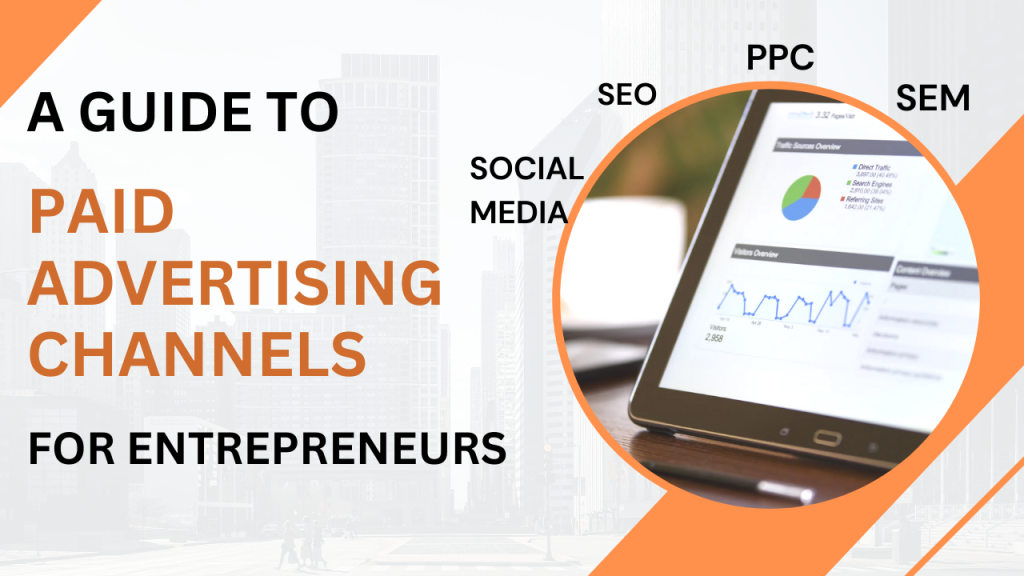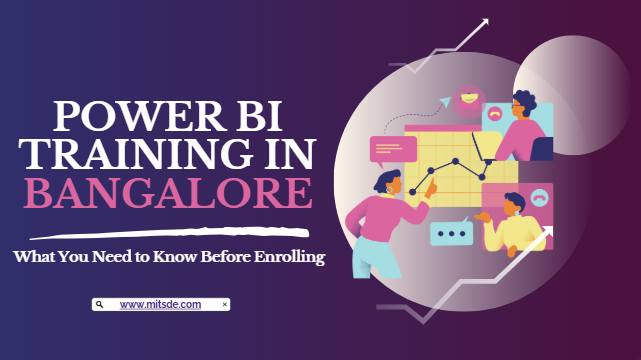
Introduction:
In today’s digital landscape, getting your brand noticed can feel like shouting into a crowded room. That’s where digital marketing and search engine marketing come in. For entrepreneurs and startups, paid ads offer a direct route to your target audience, helping you cut through the noise and make your mark.
But with so many options available, where do you start? This guide will walk you through the most effective digital marketing and paid advertising channels, helping you make informed decisions to boost your business growth.
The Basics of Paid Advertising
Before we dive into specific channels, let’s cover the fundamentals of digital marketing and paid ads. Paid advertising, or pay-per-click (PPC) advertising, is a model where advertisers pay each time a user clicks on their ad. This method allows for precise targeting and measurable results, making it an attractive option for businesses of all sizes.
Why Paid Ads Matter for Startups
- Instant visibility: Unlike organic methods, paid ads can put you in front of your audience immediately.
- Targeted reach: Advanced targeting options help you reach the right people at the right time.
- Measurable results: Detailed analytics allow you to track your return on investment (ROI) and optimize your campaigns.
- Scalability: You can start small and scale up as you see results, making it ideal for growing businesses.
Google Ads: The Giant of Paid Advertising
Regarding paid advertising, Google Ads is often the first platform that comes to mind, and for good reason. With over 3.5 billion daily searches, Google offers unparalleled reach and targeting capabilities.
Search Ads: Capturing Intent
Google’s search ads appear at the top of search results when users look for specific keywords. This makes them incredibly powerful for capturing high-intent traffic – people actively searching for products or services like yours.
Display Ads: Building Brand Awareness
Google’s display network reaches over 90% of internet users worldwide. These visual ads appear on websites, apps, and Google properties like YouTube, helping you build brand awareness and retarget potential customers.
Tips for Success with Google Ads:
- Focus on relevant keywords that match your target audience’s search intent.
- Create compelling ad copy that highlights your unique value proposition.
- Use ad extensions to provide additional information and increase click-through rates.
- Regularly review and optimize your campaigns based on performance data.
Social Media Advertising: Where Your Audience Lives
Social media platforms offer a unique opportunity to reach your audience, where they spend a significant portion of their time. Each platform has its strengths, so let’s break them down.
Facebook Ads: Detailed Targeting and Wide Reach
With over 2.7 billion monthly active users, Facebook offers unparalleled reach. Its advanced targeting options allow you to narrow your audience based on demographics, interests, behaviors, and more.
Key Features:
- Lookalike audiences: Target users similar to your existing customers.
- Retargeting: Re-engage users who have interacted with your brand before.
- Dynamic ads: Automatically show relevant products to potential customers.
Instagram Ads: Visual Storytelling
Owned by Facebook, Instagram shares the same powerful targeting options but with a focus on visual content. This platform is particularly effective for businesses with solid visual appeal or those targeting younger demographics.
LinkedIn Ads: B2B Gold Mine
For B2B startups, LinkedIn is the go-to platform. Its professional user base and targeting options based on job titles, company size, and industry make it ideal for reaching decision-makers.
Twitter Ads: Real-Time Engagement
Twitter’s real-time nature makes it great for timely promotions and engaging with trending topics. Its ad formats include promoted tweets, accounts, and trends.
Tips for Social Media Advertising Success
- Tailor your content to each platform’s unique audience and format.
- Use eye-catching visuals and concise, compelling copy.
- Test different ad formats to see what resonates best with your audience.
- Leverage user-generated content to build trust and authenticity.
Amazon Advertising: E-commerce Powerhouse
For startups selling physical products, Amazon Advertising can be a game-changer. With millions of shoppers already on the platform with high purchase intent, it’s an excellent way to get your products in front of potential customers.
Types of Amazon Ads
- Sponsored Products: These ads appear in search results and product detail pages.
- Sponsored Brands: Banner ads that showcase your brand and multiple products.
- Sponsored Display: Retargeting ads that appear on and off Amazon.
Making the Most of Amazon Ads
- Optimize your product listings with relevant keywords and high-quality images.
- Start with automatic targeting to gather data, then refine with manual targeting.
- Use negative keywords to prevent your ads from showing for irrelevant searches.
- Monitor your Advertising Cost of Sale (ACoS) to ensure profitability.
Choosing the Right Mix of Paid Advertising Channels
With so many options available, how do you choose the right mix for your startup? Here are some factors to consider:
- Your target audience: Where do they spend their time online?
- Your product or service: Which platform best showcases what you offer?
- Your goals: To drive immediate sales or build brand awareness?
- Your budget: Start with one or two channels and expand as you see results.
Measuring Success: Key Metrics to Track
Tracking the proper metrics is crucial to get the most out of your paid advertising efforts. Here are some key performance indicators (KPIs) to monitor:
- Click-Through Rate (CTR): The percentage of people who click on your ad after seeing it.
- Conversion Rate: The percentage of clicks that result in a desired action (e.g., purchase, sign-up).
- Cost Per Click (CPC): The average amount you pay for each click on your ad.
- Return on Ad Spend (ROAS): The revenue generated for every dollar spent on advertising.
- Customer Acquisition Cost (CAC): The total cost of acquiring a new customer through your ads.
Common Pitfalls to Avoid in Paid Advertising
Even with the best intentions, it’s easy to make mistakes in paid advertising. Here are some common pitfalls to watch out for:
- Remember to set clear goals and KPIs before starting your campaigns.
- Targeting an audience that is too broad results in wasted ad spend.
- Need to optimize your landing pages for conversions.
- Ignoring the importance of ad creativity and copy.
- Not testing and iterating your campaigns regularly.
The Future of Paid Advertising: Trends to Watch
As technology evolves, so does the world of paid advertising. Here are some trends that startups should keep an eye on:
- Artificial Intelligence and Machine Learning: These technologies make ad targeting and optimization more sophisticated.
- Voice Search Advertising: With the rise of smart speakers, voice-activated ads are becoming more prevalent.
- Augmented Reality Ads: Interactive AR ads are creating more immersive user experiences.
- Privacy-First Advertising: As data privacy concerns grow, advertisers must adapt to new regulations and user expectations.
Conclusion:
Digital Marketing and Paid advertising channels offer a powerful way for entrepreneurs and startups to accelerate their growth. By understanding the strengths of each platform, setting clear goals, and continuously optimizing your campaigns, you can create a paid advertising strategy that drives actual results for your business.


